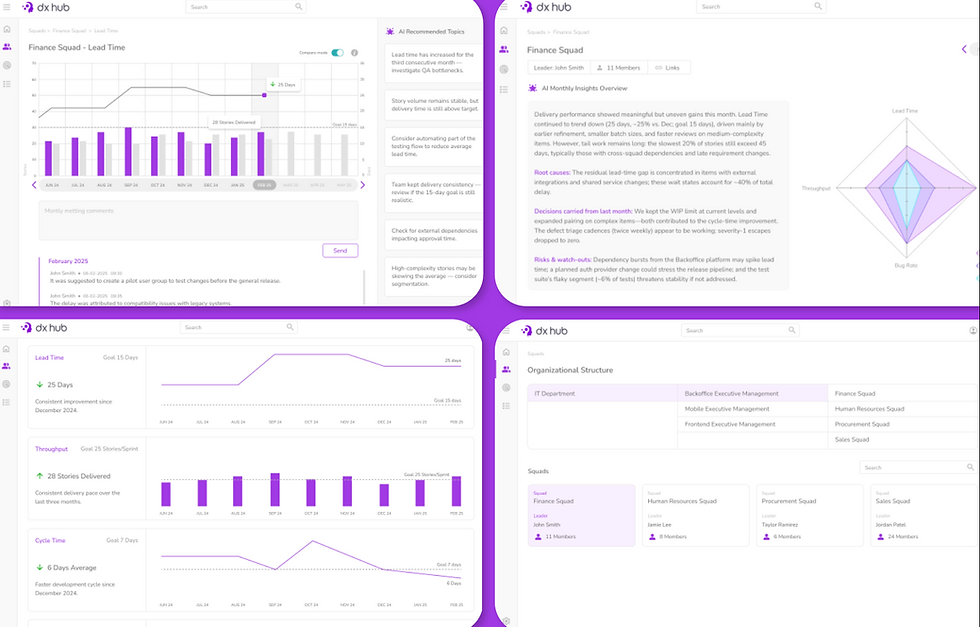Building Trustworthy AI on Open Foundations: What Switzerland’s Public LLM Tells Us About the Future
- Avalia

- Jul 16
- 2 min read
Last week in Geneva, something quietly significant happened: a group of over 50 global initiatives dedicated to open-source large language models (LLMs) gathered at the International Open-Source LLM Builders Summit. Hosted by ETH Zurich and EPFL — two pillars of Swiss research — the event marked the upcoming release of a fully open, publicly developed LLM, trained on the “Alps” supercomputer at the Swiss National Supercomputing Centre (CSCS).
The project signals more than a technical achievement. It reflects a growing global appetite for transparent, inclusive, and sovereign AI — an approach that feels increasingly urgent as commercial models grow more complex and opaque.
Transparency as Infrastructure
The forthcoming LLM, which will be released under an open license, embodies a commitment to transparency across the board: open weights, reproducible training data, and a multilingual design spanning over 1,000 languages. It’s a deliberate step away from black-box systems, toward models that are explainable, testable, and usable by a broad community.
This emphasis isn’t just idealistic. It’s strategic. As regulatory frameworks like the EU AI Act come into force, transparency isn’t just a moral imperative — it’s fast becoming a practical necessity.
Multilingual by Design
Switzerland’s AI model stands out for another reason: its global applicability. By training on a dataset that includes over 1,500 languages — 60% English and 40% non-English — the team has placed linguistic inclusivity at the heart of the architecture. In a world where many commercial models prioritize scale in English-speaking markets, this kind of multilingualism is both rare and meaningful.
It invites a broader reflection: What kinds of voices, use cases, and regions are we building AI for?
Public Innovation, Private Relevance
While this initiative is rooted in academia and public research, its implications stretch far beyond those domains. The release of a powerful, fully open model under the Apache 2.0 license could catalyze experimentation and development across science, government, and business.
For organizations navigating their own AI journeys, it’s a reminder that the building blocks for trustworthy AI are increasingly available — and that openness doesn’t need to come at the expense of capability.
It also underscores the value of collaboration across institutions, as seen in the 15+ year partnership behind the Alps supercomputer (NVIDIA, HPE/Cray, CSCS). Long-term thinking, shared infrastructure, and aligned values are shaping what’s possible.
Looking Ahead
Switzerland’s open LLM project is not just about releasing another model into the world. It’s about setting a tone: one that prioritizes transparency, inclusion, and responsibility — values that should inform AI development everywhere.
As this model enters public use later this year, it will be fascinating to see how organizations across sectors engage with it — and how this kind of openness influences the broader AI ecosystem.
Because in the end, trust in AI isn’t just a technical challenge. It’s a strategic choice — and one that starts with the foundations we decide to build on.


